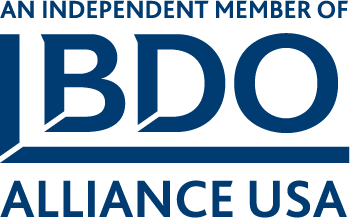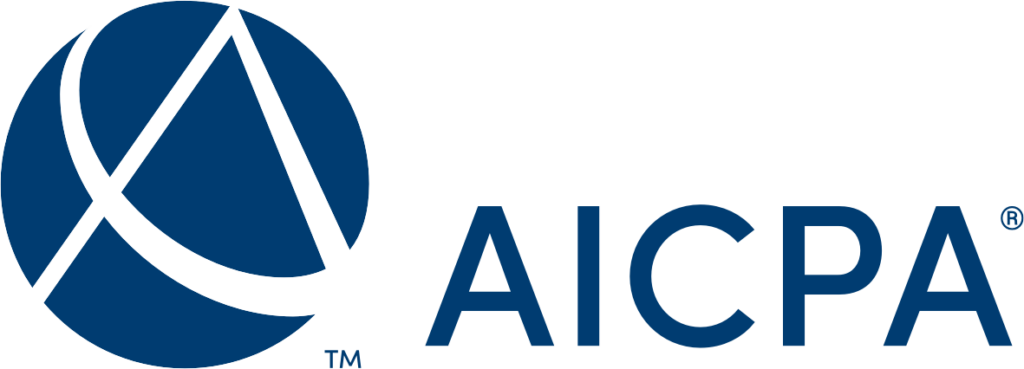Taking steps to reduce your income can reduce your overall tax burden. Individual taxpayers may be able to reduce their taxable income through deductions if they meet the qualifications and income limitations. Saving for retirement and for future medical costs is an important way for an individual may achieve financial security and prepare to save for future expenses. This article focuses on the background and tax benefits on reducing adjusted gross income by contributing to retirement plans, contributing to a health savings account, and opportunities for a student loan interest deduction.
Traditional IRA. Any individual, regardless of whether covered under other qualified retirement plans, can establish an individual retirement account (IRA). Whether an individual is employed or self-employed, they may also take advantage of a variety of employer-sponsored retirement plans. These options not only provide security for the future, but also may provide opportunities for current tax savings. Traditional IRAs allow an individual with earned income to make tax-deductible contributions to a savings plan under which the gains and earnings are not taxed until they are distributed.
Contributions to a traditional IRA are generally deductible on the taxpayer’s individual income tax return, to the extent that they do not exceed the lesser of the individual’s compensation for the year or the maximum contribution limit for the year and subject to income limits. In addition, nondeductible contributions from after-tax income may be made to traditional IRAs. For 2020, total contributions to all of a taxpayer’s traditional and Roth IRAs cannot be more than, the lesser of: $6,500 ($7,500 if they are age 50 or older) or their taxable compensation for the year. The prior maximum age limitation of 70 ½ to contribute to an IRA ended effective for contributions after December 31, 2019.
SEP Plan. A SEP is a type of IRA for small business owners or self-employed individuals. A SEP IRA allows the employer to make contributions to the accounts set up for employees. Self-employed individuals choosing a SEP must include all employees who satisfy the following requirements: at least 21 years of age; were employed during any three of the preceding five years; and earned at least $600 in the current year.
Contributions to a SEP plan are tax-deductible and earnings are not taxable until withdrawal. One advantage of the SEP IRA is the higher contribution limit. For 2020, employers can contribute the lesser of: up to 25% of income (limited to $285,000) or $57,000.
SIMPLE Plan. Any employer that had no more than 100 employees with $5,000 or more in compensation during the preceding calendar year can establish a SIMPLE IRA plan. Self-employed individuals who received earned income from the taxpayer and leased employees are considered for purposes of the 100-employee limitation.
Employers must also make contributions whether an employee elects to defer a portion of their income to the plan. Contributions are tax deductible and investments grow tax deferred until the owner is ready to make withdrawals in retirement. For 2020 an employee may defer up to $13,500. If the individual age 50 or over, there is a $3,000 catch up contribution allowed, for a total of $16,500.
Health Savings Account (HSA). Health savings accounts (HSAs) are available for individuals who have a high deductible health plan and may be funded by the individual or the individual’s employer. The benefits of an HSA include:
- taxpayers can claim a tax deduction for contributions you or someone other than your employer make to your HSA,
- contributions to your HSA made by your employer may be excludable from income, and
- the contributions remain in your account until you use them.
For 2020, the maximum contribution to an HSA is the lesser of: the annual deductible under the individual’s high deductible health plan; or $3,550 for an individual with self-only coverage and $7,100 for an individual with family coverage.
Student loan interest deduction. Interest paid by an individual taxpayer during the tax year on any qualified education loan is deductible from gross income in calculating adjusted gross income. The student loan must be incurred by the taxpayer solely to pay qualified higher education expenses. The maximum deductible amount of interest is $2,500, but the deduction is phased out or reduced based on the taxpayer’s modified adjusted gross income.
Crosslin’s tax team can evaluate how the tax advantages of retirement plans, health savings account, or education benefits could apply to your individual income tax situation. Call us at 615.320.5500.







